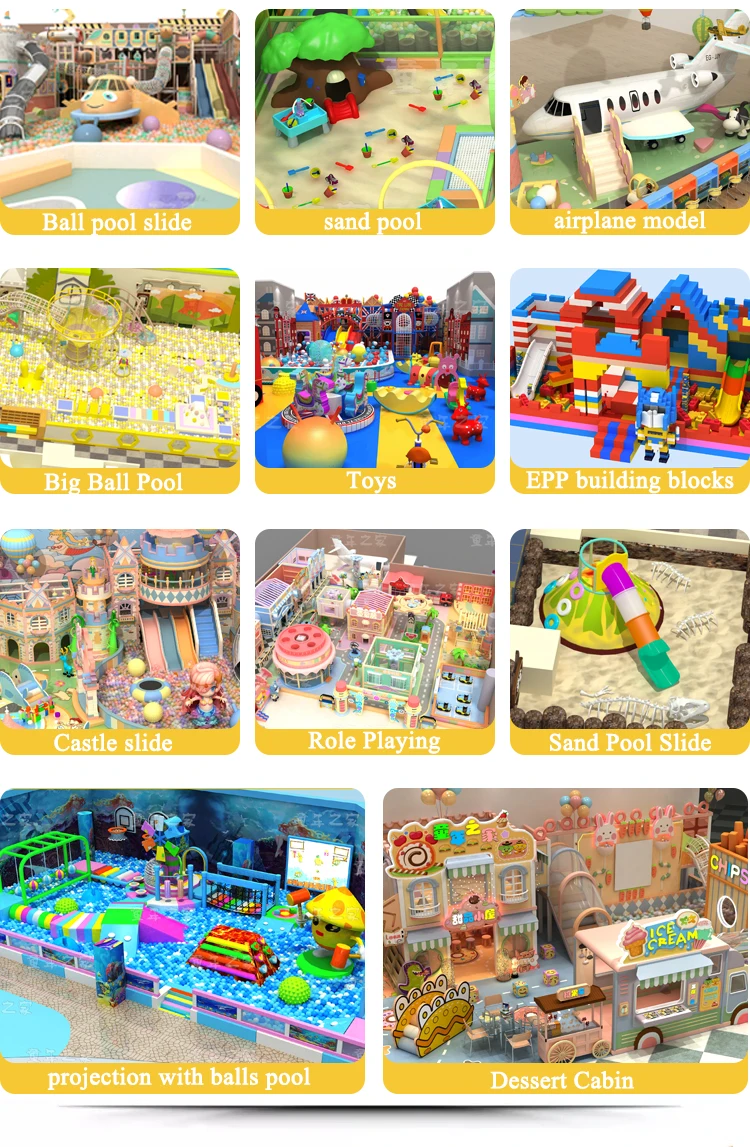28 Jun, 2024
Indoor play structures are more than just a fun way for children to pass the time; they play a crucial role in child development. These structures offer a controlled environment where children can engage in various activities that promote physical, cognitive, social, and emotional growth.

Enhancing Motor Skills: Indoor play structures are designed to encourage physical activity, which is essential for developing motor skills. Activities such as climbing, sliding, and crawling help children improve their gross motor skills, which involve large muscle movements. Fine motor skills, which involve smaller movements like gripping and manipulating objects, are also enhanced through activities like playing with interactive panels and small toys.
Promoting Physical Fitness: Regular physical activity is vital for maintaining a healthy weight and preventing childhood obesity. Indoor play structures provide a safe and engaging way for children to stay active, promoting cardiovascular health, muscle strength, and overall physical fitness. According to the American Heart Association, children need at least 60 minutes of physical activity each day, and indoor play structures can help meet this requirement regardless of weather conditions.
Stimulating Creativity and Imagination: Indoor play structures often include elements that encourage imaginative play, such as pretend kitchens, castles, and themed play areas. These settings allow children to create their own stories and scenarios, which stimulates their creativity and imagination. Imaginative play is crucial for cognitive development as it helps children learn to think abstractly and solve problems creatively.
Enhancing Problem-Solving Skills: Many indoor play structures are designed with puzzles, mazes, and obstacle courses that challenge children to think critically and solve problems. These activities help children develop important cognitive skills such as reasoning, planning, and decision-making. By navigating through these challenges, children learn to approach problems methodically and persist until they find a solution.
Fostering Social Interaction: Indoor play structures provide an ideal setting for children to interact with their peers. Through group play, children learn essential social skills such as communication, cooperation, sharing, and conflict resolution. These interactions help children build friendships, develop empathy, and understand social norms. Playing with others also boosts self-confidence and self-esteem as children learn to navigate social situations successfully.
Providing Emotional Expression and Self-Discovery: Indoor play areas offer a safe space for children to express their emotions and discover their interests and preferences. Engaging in play allows children to explore different roles and scenarios, helping them understand their feelings and develop a sense of identity. Positive play experiences, such as achieving a goal or overcoming a challenge, also contribute to building resilience and self-confidence.
Engaging Multiple Senses: Indoor play structures often incorporate sensory elements such as different textures, colors, and sounds. These multisensory experiences are beneficial for children's sensory development, helping them fine-tune their sensory processing abilities. Sensory play is particularly important for young children as it helps them make sense of the world around them and develop better sensory integration.
Enhancing Sensory Processing: Activities that engage multiple senses simultaneously, such as playing in a ball pit or navigating a sensory maze, help children develop their sensory processing skills. These activities stimulate the brain and enhance neural connections, which are crucial for overall cognitive development. Sensory play also helps children develop fine and gross motor skills, balance, and coordination.
Encouraging Educational Play: Indoor play structures can be designed to include educational elements such as literacy panels, math games, and science exhibits. These features provide opportunities for children to learn while they play, making education fun and engaging. Educational play helps children develop a love for learning and enhances their knowledge and skills in various subjects.
Promoting Concentration and Focus: Engaging in activities that require attention and concentration, such as solving puzzles or completing an obstacle course, helps children improve their focus and concentration skills. These skills are essential for academic success and overall productivity. By immersing themselves in challenging activities, children learn to pay attention to details, follow instructions, and stay engaged for extended periods.
Indoor play structures offer a wealth of benefits for child development, encompassing physical, cognitive, social, emotional, and sensory growth. By providing a safe and stimulating environment, these structures help children develop essential skills that will serve them throughout their lives. Whether it's enhancing motor skills, stimulating creativity, fostering social interaction, or promoting intellectual growth, indoor play structures are a valuable asset for any child's development.
By incorporating a variety of play elements and activities, indoor play structures can cater to the diverse needs and interests of children, ensuring that they have fun while learning and growing. As parents and educators, it is important to recognize the significance of play in child development and provide opportunities for children to engage in meaningful and enriching play experiences.